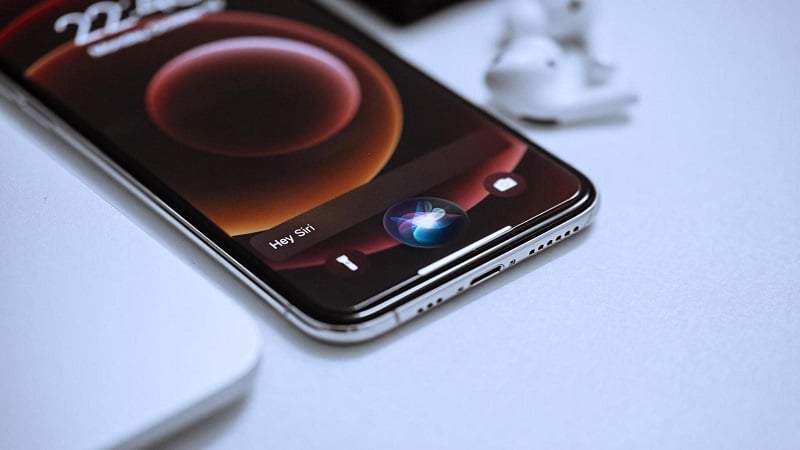
Smartphone screens are prone to damage, and cracks and scratches can happen at any time. In many cases, a damaged screen not only affects the usability of the device but can also damage internal components. While screen repair services are widely available, knowing how to replace a smartphone screen at home could save you time and money.
This article walks you through the step-by-step process of replacing a damaged smartphone screen with minimal tools and expertise.
1. Understand Your Smartphone Model

Before you start the replacement, it is crucial to know the specific make and model of your smartphone. Different brands and models have unique screen assembly configurations. Consult the manufacturer's website or user manual to find out more about your device's specific requirements.
2. Gather Necessary Tools
The task of replacing a smartphone screen requires specific tools that may not be available in a standard toolkit. Some of the basic tools you will need include:
- Small Phillips-head screwdriver
- Small flat-head screwdriver or plastic spudger
- Tweezers
- Suction cup
- Thin flexible prying tool (such as a guitar pick or playing card)
- Heat gun or hairdryer
- Digital multimeter
3. Order Replacement Parts
After identifying the smartphone model and gathering the necessary tools, you'll need to source the correct replacement parts. Replacement screens are usually available online or from local stores specializing in phone repair. Do some research and compare prices, quality, and customer reviews to ensure you're getting the best possible screen for your specific phone model.
4. Disconnect the Battery
Before starting the actual replacement process, make sure to switch your smartphone off. Doing so will prevent any electrical short circuits that may occur during the process. Once the phone is off, carefully disconnect the battery according to the manufacturer's instructions. This step is crucial for your safety and the longevity of your device.
5. Heat the Screen
Most smartphone screens are held in place with strong adhesive. To make the removal process easier, use a heat gun or hairdryer to loosen the adhesive. Apply heat evenly on the edges of the device, being cautious not to overheat the smartphone as it may cause internal damage.
6. Remove the Damaged Screen
With the adhesive loosened, use a suction cup to lift the screen gently from the device. Insert a thin flexible prying tool (such as a guitar pick or playing card) between the screen and the frame. Carefully twist or slide the tool along the edges, separating the screen from the frame. If the screen doesn't come off easily, reapply heat to the adhesive area until the screen can be separated without excessive force. Be mindful of any ribbon cables connecting the screen to the phone's internals.
7. Install the New Screen
Once the damaged screen is removed, gently clean any residual adhesive from the frame. Following the manufacturer's instructions, install the new screen, making sure to connect all necessary cables securely. Double-check that everything is aligned and properly seated before applying adhesive and reassembling the phone.
8. Test the New Screen

After reassembling the smartphone, reconnect the battery and turn the device on. Test the functions of the new screen, checking for touch sensitivity, display resolution, and color accuracy. If the screen is functioning properly, congratulations! You have successfully replaced your smartphone screen.
9. Proper Disposal of the Old Screen
After a successful screen replacement, dispose of the old screen responsibly. Many phone repair stores and electronic recycling facilities accept damaged screens for safe disposal. Ensure that the screen does not end up in general waste, as it may contain hazardous materials that can damage the environment.
10. Preventive Measures for Future Screen Damage
Now that your new screen is installed and functioning correctly, it's essential to take preventive measures to protect it from future damage. Some steps you can take include investing in a high-quality screen protector and case. Consider adopting careful handling practices and avoiding risky situations that may predispose your smartphone to screen damage.
11. Troubleshooting and Seeking Professional Help
If, after following these steps, your smartphone's new screen is not functioning correctly, it may be necessary to seek professional assistance. A certified technician can help identify any underlying issues and ensure that the screen is installed correctly. Sometimes, a screen malfunction may indicate an issue with the device's internal components, which requires technical expertise to address.
Conclusion
With a bit of patience, carefulness, and the right tools, you can master the art of smartphone screen replacement at home. Replacing your damaged screen not only saves money but also provides a sense of accomplishment and satisfaction in a job well done.










